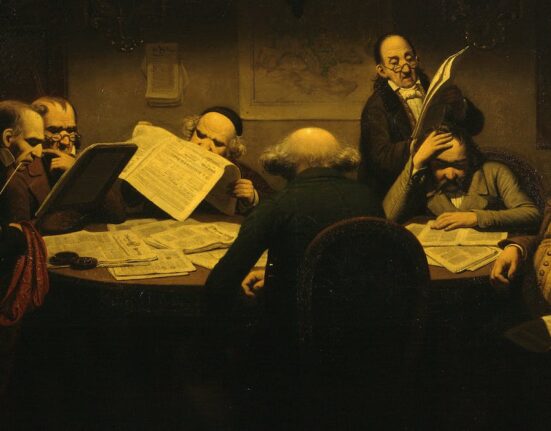The younger generation of collectors prioritize financial gain and social impact. NextGen collectors (35 and under) are more open to new art investment models, with a growing interest in art investment funds and fractional ownership, in which the cost of an asset is split between individuals. They’re also making their preference clear with 41% showing interest in social impact investments and seeking purpose-driven strategies (up from 31% in 2021). They are also driven by digital advancements and an innovative approach. These collectors are not just enthusiasts, but strategic investors reshaping the market.
Art-focused estate planning is urgently needed. Only 24% of the surveyed collectors have a long-term plan for their collections, indicating the urgency for wealth managers to have conversations with their clients about art and estate planning. So, how can wealth managers address the challenges of intergenerational wealth transfer? They should start conversations on art and estate planning with their clients without delay. Notably, 60% of family offices possess detailed knowledge of their clients’ art collections for estate planning purposes, compared to 31% of private banks.
The art-secured lending market could reach a market size between US$29 billion and US$ 34.1 billion by the end of 2023. Continued growth of 8% is expected in 2024. Art-secured lending is on the rise despite higher interest rates, with the market expected to grow by 11% in 2023. In uncertain times, liquidity is driving this growth: 80% of private banks and 83% of asset-based lenders identify it as a key factor. The art-secured lending market has gone global, with Asia — especially Hong Kong — and Europe emerging as strategic markets for expansion. In fact, 39% of art-secured lenders regard Asia as a strategic market for growth, a significant increase from 10% in 2021, while 78% see Europe as an untapped opportunity.
Sustainable impact investment in art and culture could become a more attractive investment model, especially for the younger generation. The 2023 G20 summit in India underscored how cultural and creative sectors are key drivers of sustainable socioeconomic recovery, contributing significantly to global economic growth. Our latest report highlights a growing interest among younger generations in sustainable impact investments within the arts and culture sector. This shift is not just driven by a passion for the arts; it’s a strategic financial move. In fact, 66% of collectors under 35 and 31% of family offices express a strong interest for socially responsible investment in culture. In response, wealth managers and family offices are expanding their sustainable investment offerings to attract and engage younger clients. The question that arises is whether they could embrace social impact investment products in culture.
In the intersection of art and finance, technological innovation is driving sectors closer together. Witnessing this revolution, wealth managers identify blockchain (58%) and big data analytics (48%) as pivotal to the future of art and wealth services. While only 18% of wealth managers considered blockchain technology impactful in 2019, the majority (58%) now agree. Leading this shift in mindset are the NextGen (collectors under 35). 80% trust blockchain for art and collectibles asset registration, and 79% endorse the rapid development of artwork identification technologies to address current inefficiencies. Additionally, younger collectors express growing enthusiasm for fractional ownership (+7% over two years, reaching 50%). As new platforms emerge, NextGen collectors will have greater opportunity to participate without possessing physical ownership. 81% of wealth managers, 79% of collectors, and 83% of art professionals acknowledge that technology could catalyze transparency in the art market.
There is an urgent need for modernization of business practices. In 2023, a significant 76% of wealth managers, alongside 70% of collectors and 82% of art professionals, called for the modernization of business practices. Strengthening trust and transparency in the art market requires careful consideration of regulations. 50% of art professionals believe that regulation could play a crucial role in restoring trust. But, the debate remains: should it be through self-governance or increased government regulation? Opinions diverge, with 44% of wealth managers leaning toward governmental oversight, while 70% of family offices favor self-regulation. Notably, an increasing number of art professionals (50%, a record high) now perceive regulation as a potential tool for rebuilding trust. Perhaps a hybrid approach could be the solution.







